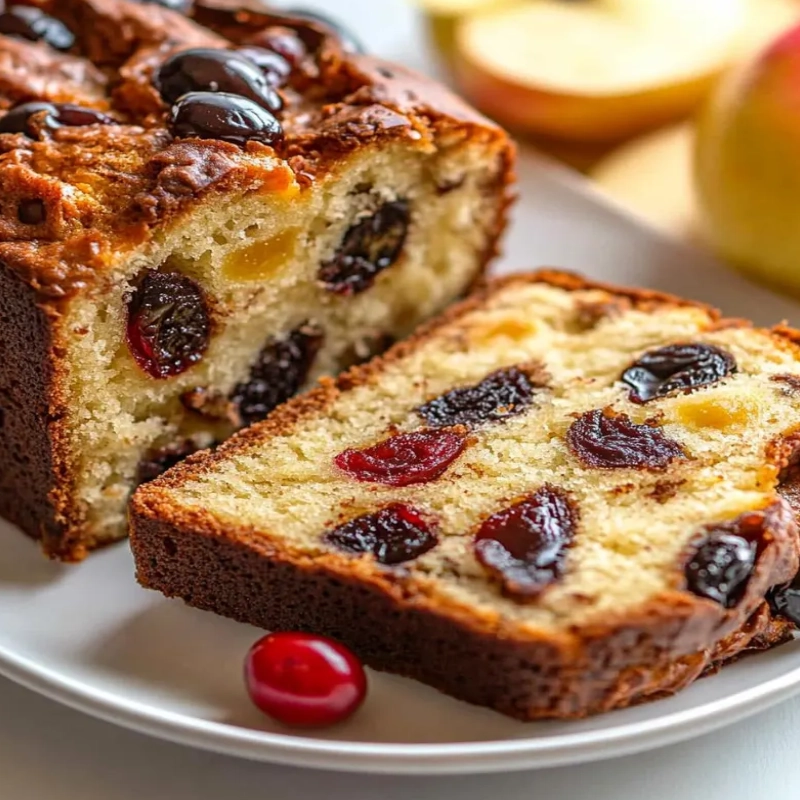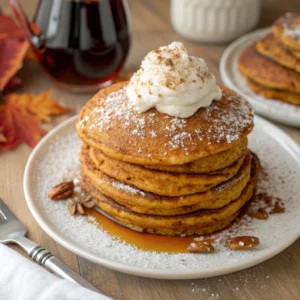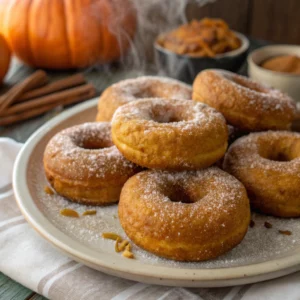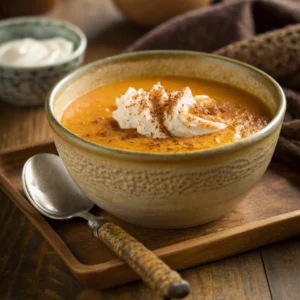Have you ever wondered why fruitcake has become the most misunderstood holiday dessert, often the butt of seasonal jokes despite centuries of tradition? What if the secret to an irresistible fruitcake has been hiding in plain sight all along?
This holiday season, I’m sharing my grandmother’s perfected fruitcake recipe that converts even the most stubborn skeptics. With the right balance of premium dried fruits, warm spices, and a touch of spirits, this classic treat transforms into a moist, flavorful delicacy that deserves its place at your celebration table.
The beauty of fruitcake lies in its versatility and rich history, dating back to Roman times when pomegranate seeds, pine nuts, and raisins were mixed with barley mash. Today’s version has evolved considerably, and this recipe strikes the perfect balance between traditional elements and modern preferences.
Ingredients List
Gather these ingredients for a fruitcake that’s moist, flavorful, and nothing like those dense bricks that have given this dessert a bad reputation:
- 1 cup unsalted butter, softened (substitute with coconut oil for dairy-free version)
- 2 cups brown sugar, packed (dark preferred for richer flavor)
- 6 large eggs, room temperature
- 3 cups all-purpose flour
- 1 teaspoon baking powder
- 1 teaspoon salt
- 2 teaspoons ground cinnamon
- 1 teaspoon ground nutmeg
- ½ teaspoon ground cloves
- ½ cup molasses
- ¼ cup milk (almond milk works beautifully as alternative)
- 3 cups mixed dried fruits (combination of raisins, currants, cherries, apricots, cranberries)
- 1 cup mixed candied citrus peel (orange and lemon)
- 2 cups mixed nuts, chopped (walnuts, pecans, almonds)
- ½ cup brandy or rum, plus extra for soaking
- Zest of one orange and one lemon
For a more modern twist, consider swapping traditional candied fruits with dried blueberries, cherries, and apricots which offer brighter flavors and fewer preservatives.
Timing
- Preparation time: 45 minutes (30% less than traditional recipes that require extensive fruit preparation)
- Baking time: 2 hours to 2 hours 30 minutes, depending on your oven
- Aging time: Ideally 3-4 weeks for optimal flavor development, though you can enjoy it after just 3 days of aging
Total active time: Approximately 3 hours, making this a weekend project that yields weeks of enjoyment
Step-by-Step Instructions
Step 1: Prepare Your Fruits and Nuts
In a large bowl, combine all dried fruits, candied peel, and nuts. Pour ¼ cup of brandy or rum over the mixture, stir well, and let soak overnight. This pre-soaking infuses the fruits with moisture and flavor, preventing the dreaded dry fruitcake syndrome that has given this dessert a bad reputation.
Step 2: Prepare Your Pans
Line two 9×5 inch loaf pans with parchment paper, leaving overhang on the sides for easy removal. Alternatively, use a 10-inch round pan for a traditional circular cake. The parchment prevents sticking and makes the aging process more manageable.
Step 3: Create Your Batter Base
In a large mixing bowl, cream together butter and brown sugar until light and fluffy, about 5-7 minutes. Don’t rush this step—proper aeration creates a lighter texture. Add eggs one at a time, beating well after each addition to maintain the emulsion.
Step 4: Combine Dry Ingredients
In a separate bowl, whisk together flour, baking powder, salt, and spices. The balanced spice blend gives the cake its characteristic warm aroma without overwhelming the fruit flavors. For a more pronounced spice profile, add ½ teaspoon of cardamom.
Step 5: Bring It All Together
- Gradually add the dry ingredients to the butter mixture, alternating with molasses and milk.
- Fold in the soaked fruit mixture, including any soaking liquid.
- Add citrus zests and the remaining ¼ cup of brandy or rum.
- Stir just until combined—overmixing will develop gluten and create a tough cake.
Step 6: Bake with Patience
Pour batter into prepared pans, filling them about ¾ full. Bake at 275°F (135°C) for 2-2.5 hours, or until a skewer inserted in the center comes out with just a few moist crumbs. The low temperature ensures even baking without drying out the edges.
Step 7: The Secret Aging Process
Once cooled, remove from pans and wrap tightly in cheesecloth soaked in additional brandy or rum. Wrap again in aluminum foil and store in a cool, dark place. Once weekly for 3-4 weeks, unwrap and brush with additional spirits to maintain moisture and develop complex flavors.
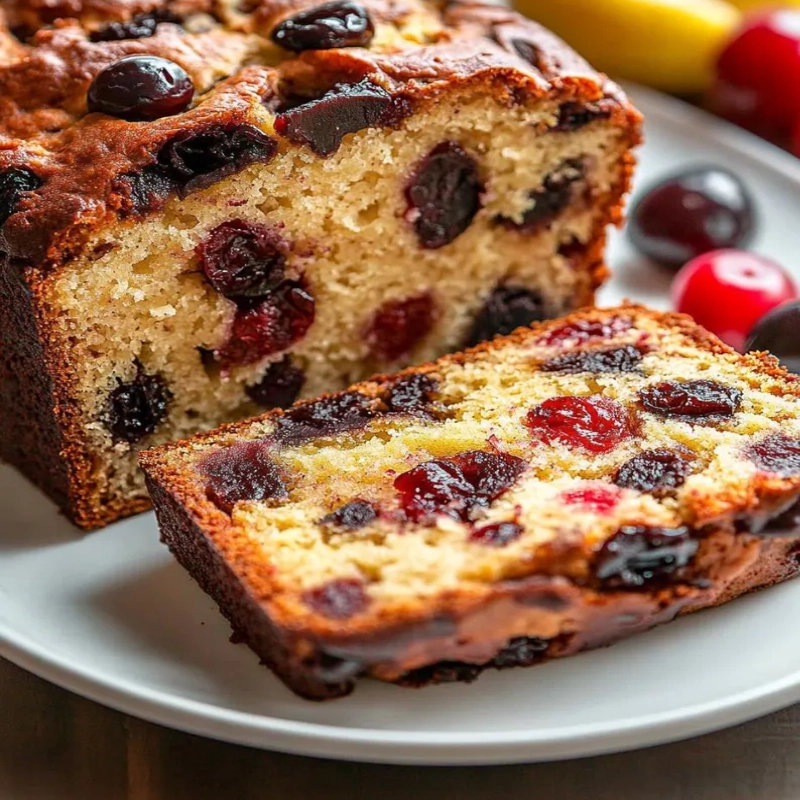
Nutritional Information
Understanding the nutritional content helps you enjoy this traditional treat mindfully. Per serving (based on 24 slices per recipe):
- Calories: 340 per slice
- Fat: 14g (6g saturated)
- Carbohydrates: 48g
- Fiber: 3g
- Protein: 5g
- Sugar: 32g (primarily from dried fruits)
- Sodium: 120mg
While fruitcake is calorie-dense, it’s also nutrient-rich compared to many desserts. The dried fruits provide essential vitamins, minerals, and fiber, while nuts contribute healthy fats and protein, making it more satisfying than many holiday treats.
Healthier Alternatives for the Recipe
Create a more nutritious version without sacrificing the classic taste with these modifications:
Replace up to half the all-purpose flour with whole wheat pastry flour to add fiber and nutrients. The fruits and moisture in the recipe mask any heaviness from whole grains.
Reduce sugar by 25% and increase the natural sweetness with date paste (1 cup pitted dates blended with ¼ cup hot water). This adds fiber while maintaining moisture and caramel notes.
For alcohol-free versions, substitute orange juice or apple cider for the spirits. Add 1 tablespoon of vanilla extract to maintain depth of flavor.
Use coconut sugar instead of brown sugar for a lower glycemic impact with subtle caramel undertones that complement the fruit perfectly.
Serving Suggestions
Elevate your fruitcake experience with these serving ideas:
Slice thinly and serve with a spread of mascarpone cheese mixed with a touch of honey and orange zest for an elegant dessert plate.
Create a stunning holiday breakfast by toasting slices and topping with Greek yogurt and a drizzle of honey or maple syrup.
For a sophisticated dessert, warm a slice slightly and serve with a scoop of high-quality vanilla ice cream and a tablespoon of warm rum sauce.
Pair with a glass of tawny port, sweet sherry, or hot spiced tea to complement the rich flavors and create a memorable after-dinner experience.
Common Mistakes to Avoid
- Rushing the baking process: Using too high a temperature causes the outside to dry out while the center remains undercooked. Patience with low, slow baking is essential.
- Skipping the aging process: Fresh fruitcake lacks the complex flavor development that makes this dessert special. Even three days of aging makes a noticeable difference.
- Using low-quality dried fruits: Grocery store varieties often contain sulfites and excess sugar. Opt for natural, preservative-free dried fruits for better flavor and nutrition.
- Overmixing the batter: This develops gluten and creates a tough texture. Fold ingredients gently for a tender crumb.
- Forgetting to soak the fruits: Pre-soaking ensures plump, flavorful fruits throughout the cake rather than hard, chewy pieces.
Storing Tips for the Recipe
Properly stored fruitcake can last remarkably long while developing more complex flavors:
For short-term storage (up to 2 weeks), wrap tightly in brandy-soaked cheesecloth, then in plastic wrap, and store in an airtight container at cool room temperature.
For longer storage (up to 2 months), follow the same wrapping method but refrigerate. The cool temperature slows flavor development but extends shelf life.
For extended aging (up to a year), traditional methods involve wrapping in spirits-soaked cloth and storing in airtight tins. Modern food safety experts recommend refrigeration for such long-term storage.
Fruitcake freezes beautifully for up to a year. Wrap tightly in plastic wrap and foil before freezing, and thaw in the refrigerator for 24 hours before serving.
Conclusion
This reimagined classic fruitcake recipe bridges generations of tradition with modern tastes and techniques. The result is a moist, flavorful celebration of seasonal fruits and warm spices that deserves to reclaim its place of honor on your holiday table.
The secret to fruitcake success lies in quality ingredients, patient preparation, and the magical aging process that transforms simple components into something truly special.
Have you tried making this holiday classic? I’d love to hear about your fruitcake experiences, family traditions, or creative adaptations in the comments below! And if this recipe converts a fruitcake skeptic in your family, be sure to share your success story!


